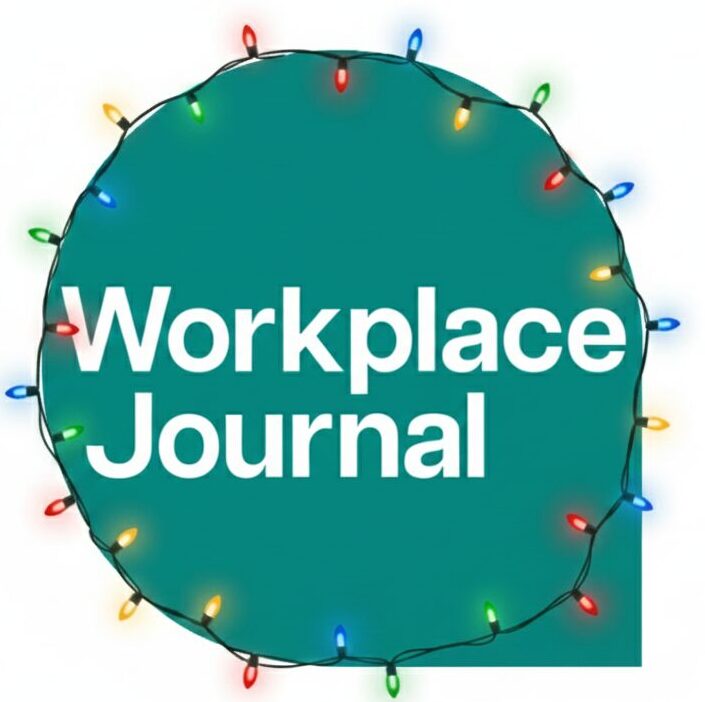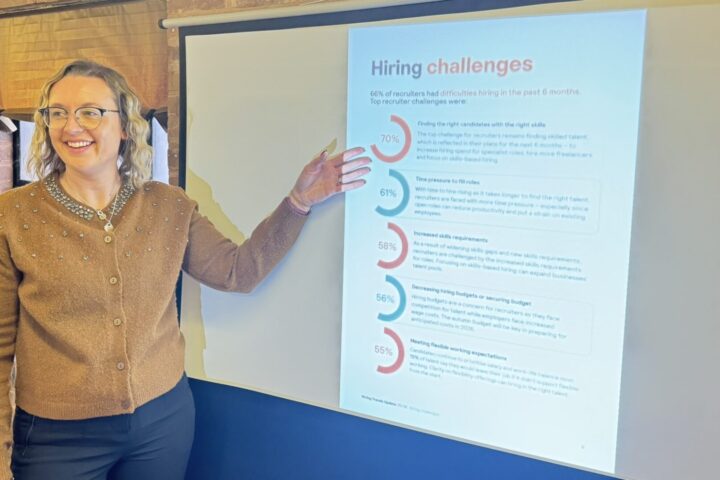A default savings approach could help close the retirement savings gap for self-employed people, according to research from Nest Insight.
Out of the UK’s 4.4 million self-employed workers, only 18% were paying into a pension, even though nearly three quarters said they wanted to save for retirement.
The research found that autosave, a default pension saving mechanism, could give self-employed people better financial security.
This group misses out on automatic enrolment because they do not have an employer to set up a pension.
The method still allowed people the choice and flexibility to opt out or change contributions.
Pensions Minister Torsten Bell said: “Self-Employment has become a much bigger feature of our labour market, but with only 18% saving for retirement, far too many are missing out on the opportunity to build up a pension.
“We must ensure that everyone has the opportunity to secure their financial future.
“That is why the changing world of work will be a key focus for our upcoming Pensions Review.”
Nest Insight used roundtables, in-depth interviews and an online study with over 1,500 self-employed people to test the default pension saving journey.
The results showed that a default savings method could lift pension saving rates.
Working with Lloyds Banking Group, Nest Insight also trialled the autosave idea with a small group of self-employed people.
Early feedback was positive, with participants valuing transparency, control, and the ability to pause or cancel at any time.
The study also looked at a hybrid or sidecar approach, which mixed pension saving with an accessible savings pot for those with uneven incomes.
Having a liquid savings buffer made people feel more in control and reassured.
Overall, most self-employed people saw the autosave model in a positive light.
More than three in four said they wanted an opt-out method for pension saving or did not mind it.
Graeme Bold, managing director, pensions and retirement at Scottish Widows (part of Lloyds Banking Group), said: “The self-employed pensions gap is critical – more than half of self-employed individuals are on track for poverty in retirement, compared to just 25% of full-time workers.
“Self-employed workers need flexibility, and our study allowed us to test hybrid, flexible savings models tailored to their unique needs.
“The results are a significant leap forward, enhancing the retirement outlook for the UK’s 4.4 million self-employed.”
Bold added: “Government and industry need to work together to create a blueprint for auto-enrolment that truly benefits them.”
Will Sandbrook, managing director at Nest Insight, said: “This is an important step towards closing the self-employment savings gap.
“While many have discussed potential solutions, we now have evidence that a default savings journey has real promise. We look forward to trialling and fine-tuning its potential at scale.”

















